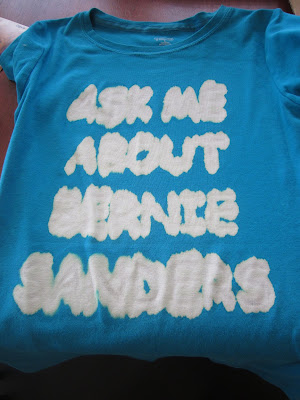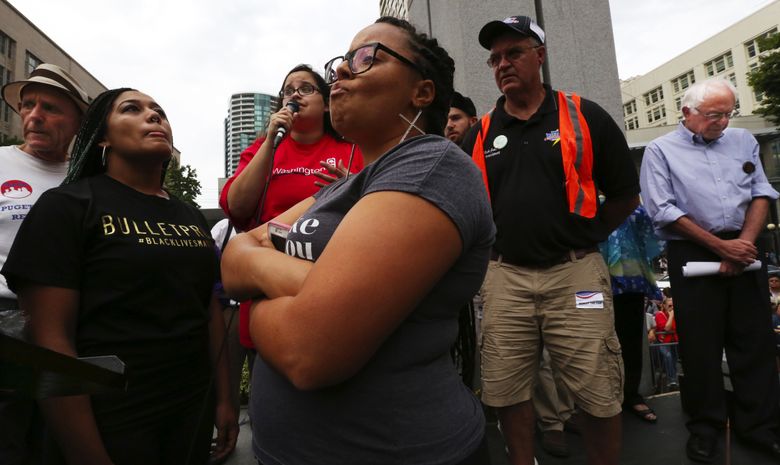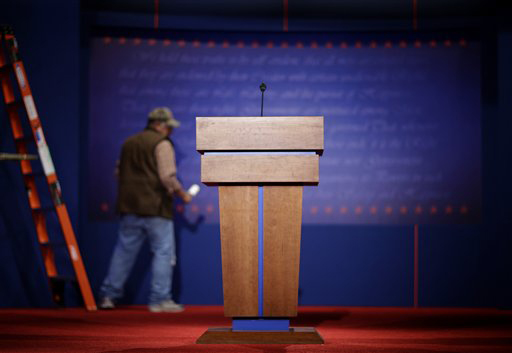You may have heard the argument that Voter ID laws are a deliberate attempt by Republicans to block minorities and the poor (who are most likely to vote Democrat) from voting. Do I think there are Republicans sitting in office and twirling their evil mustaches as they laugh at how their legislation has taken root in so many states? Maybe a little.
But when it comes right down to it, Republicans aren't the problem. It's us. We're the ones who passed the legislation. We're the ones who, when asked on the street, say that voter ID laws are perfectly reasonable. It's our own fault.
The Middle Class is Part of the Problem
I grew up in a middle class family. My mom kept our birth certificates and Social Security cards in a filing cabinet. Sometimes, she'd take them out and explain to me how important they were. When I turned sixteen, I knew exactly where those documents were so I could obtain a driver's license, and I knew how to store them after so they wouldn't become lost.
When I turned eighteen, I proudly displayed that license as I walked up to the voting booth. If someone had asked me then, or even a few years ago, if voting ID laws are reasonable, I would have said yes. It was so easy for me to get my ID, after all. And they're required for so many things. Who wouldn't have one? At the time, voter ID laws seemed logical. Any reasonable American citizen could understand their use. And I'd honestly thought they'd been around forever (it blew my mind when I discovered states only started requiring them in 2006).
It's a view point many American's have, and it's born of our own ignorance.
It Can Be Really Hard to Get a State ID
You have no need for a Driver's License if you don't own a car. Minorities (who are more likely to be poor) the elderly (who often don't drive) and students (who often live on campus) are less likely to own a car. They have no need for a driver's license, so many don't have one.
A state ID costs money. Anywhere from $3 to $30 depending on the state you live in. And while that may not seem like a lot, for someone who lives pay check to pay check (or for whom one paycheck doesn't even cover expenses), spending money on a piece of plastic versus food or rent is not a justifiable expense.
ID-Issuing offices can be hard to get to. Many of those hurt by voter ID laws don't have a DMV within close distance (that distance is even grater if you don't have a car to travel by). And due to budget cuts, many ID-issuing offices aren't open very often, some only two days a week and others fewer than that (see previous link).
Waiting at the DMV costs time. If your local DMV is only open during normal business hours, you're going to have to take time off work. Anyone who has ever waited in line at the DMV knows a simple lunch break won't do. For many middle class Americans with full time jobs, taking a personal day is easy. For the poor who often work multiple part-time jobs, taking time off is not only difficult, it also isn't feasible. Time off work means less pay and a boss who sees you as less dependable and will probably dock your hours.
If you don't have a birth certificate, you're out of luck. The elderly born in rural areas, like a farm, don't have birth certificates. Many elderly African Americans were birthed at home (shortly after the slavery era). They don't have birth certificates either. Other Americans have lost their birth certificates due to fire or other accidents. While many states require a birth certificate to get a driver's license, they also require a driver's license to get a birth certificate (you can check your state's requirements here). So it is literally impossible to get a state ID in some states if you don't have one and you've also lost your birth certificate.
Voter Fraud is Practically Non-Existent
Voter Fraud cases represent only 1 out of 15 million votes. Voter fraud most frequently occurs in absentee ballots and during voter registration, cases that voter ID laws (which require you to show an ID at the physical polls) do not prevent. And in most cases, voter fraud charges are dropped since it's difficult to prove a person knew they were doing something illegal and did it on purpose. It's more likely that many voters didn't know they were doing something wrong:
Felons or noncitizens sometimes register to vote or cast votes because they are confused about their eligibility. The database shows 74 cases of felons voting and 56 cases of noncitizens voting.
Voters make a lot of mistakes, from accidentally voting twice to voting in the wrong precinct.
Election officials make a lot of mistakes, from clerical errors — giving voters ballots when they’ve already voted — to election workers confused about voters’ eligibility requirements. (source)The only voter fraud that voter ID laws help prevent is voter-impersonation fraud. News21's investigation of voter fraud cases from 2000 to 2012 found only 10 instances of voter-impersonation fraud across all 50 states.
Voter ID Laws Disenfranchise Millions of Americans
While voter ID laws could prevent only 10 cases of voter-impersonation fraud, it disenfranchises 21 million Americans who do not have the required identification. Of this 21 million,
25% are African AmericanSo, let's recap. Voter ID laws prevent only 10 cases of voter fraud in 12 years, while every year they they deny 21 million Americans their right to vote.
18% are over 65
18% aged 18-24
15% earning less than $35K a year
8% are white
(source)
Voter ID Laws are Unconstitutional
The right to vote is granted by our constitution. And many Americans had to fight for that right, women and African Americans, especially. When a law is put in place that does nothing to protect voters but instead infringes upon the voting rights of millions of Americans, something is wrong with that law.
Prior to voter ID laws, the United States employed a poll tax as a prerequisite to vote. This tax, as you can imagine, disenfranchised the poor (including minorities and the elderly) and women (who earned far less than men), much as voter ID laws do today. American citizens fought against the poll tax, and the 24th Amendment was added to the constitution, abolishing poll taxes. It's time we fight against voter ID laws.
Share this information with everyone you know, write your state representatives and tell them you do not support voter ID laws, start a petition for your state, and if someone with a microphone stops you on the street and asks if voter ID laws are reasonable, tell them no, they most certainly are not.








































